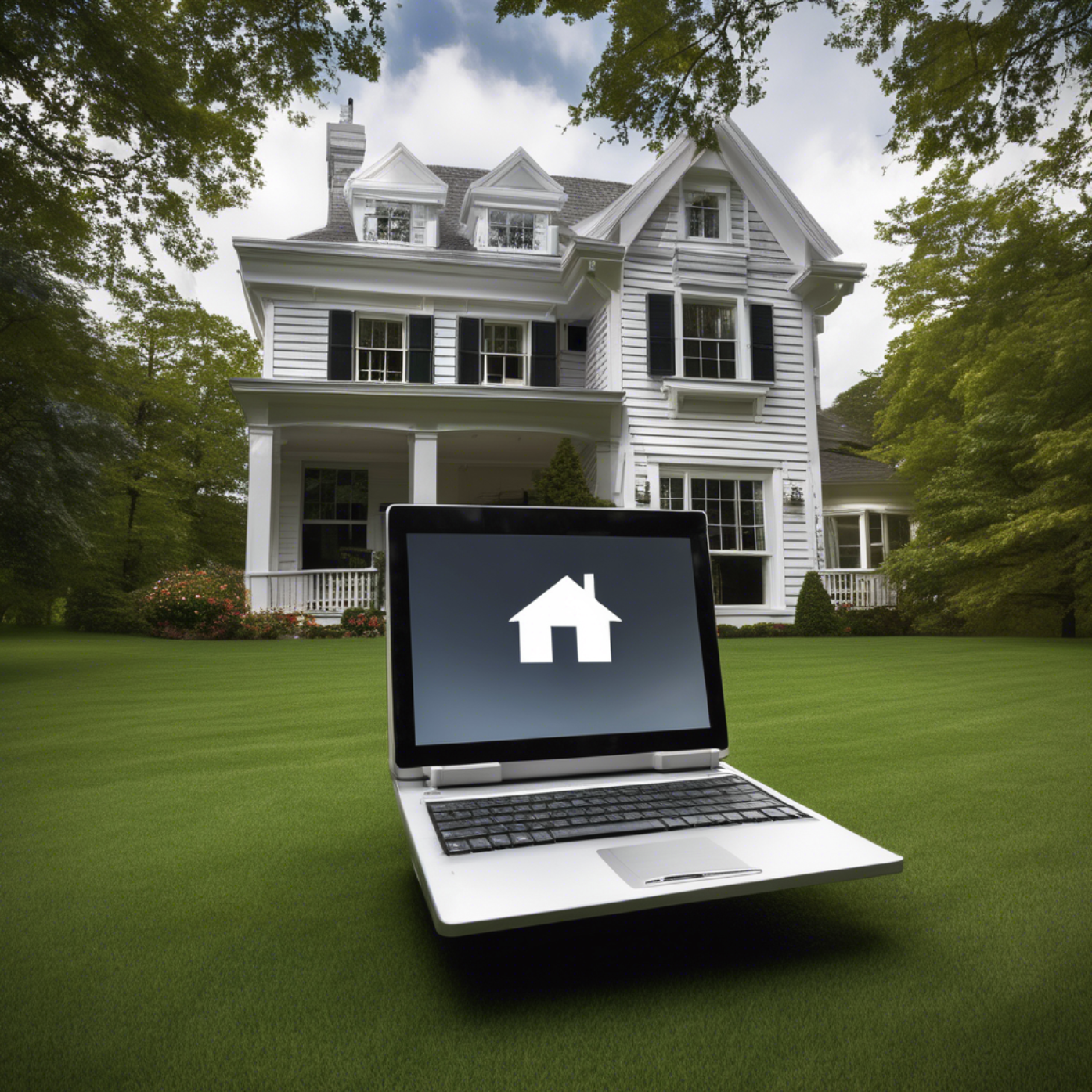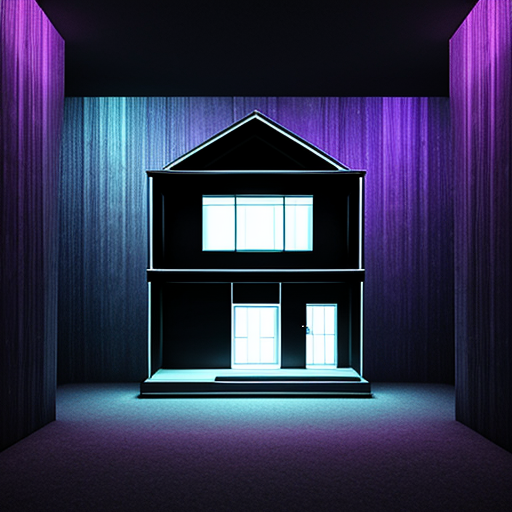
The way we sell and rent properties has changed drastically over the past decade. As more buyers search for homes online and the real estate industry continues to digitize, visuals have become everything. Enter virtual staging software—a powerful, cost-effective solution that has taken the real estate market by storm. But what exactly is virtual staging software, and why is it becoming a must-have tool for agents, brokers, developers, and homeowners?
Read about the best virtual staging softwares and apps for real estate and realtors 2025 (DIY and free download reddit): Virtual Staging App
In this comprehensive article, we'll explore what virtual staging software is, how it works, why it's valuable, and what features to look for if you're considering using it.
Virtual Staging: The Basics
At its core, virtual staging software is a digital tool that allows users to furnish and decorate a photograph of an empty room using computer-generated imagery (CGI). Unlike traditional staging, which involves physically moving furniture and decor into a space, virtual staging creates realistic images that show a property’s potential without lifting a single couch.
The result? A furnished image of a room that looks real enough to convince prospective buyers or renters to schedule a showing.
Why Virtual Staging Exists
Home staging isn't new. For decades, real estate agents have used it to make properties more appealing. But traditional staging comes with logistical headaches and high costs. Moving furniture in and out, hiring decorators, and renting decor can cost thousands of dollars.
Virtual staging solves those problems. With a few clicks and a bit of creativity, anyone can transform a bare room into a cozy living area, a productive home office, or a welcoming bedroom. The benefits are immediate:
Faster property sales and rentals
Increased online engagement
Lower marketing costs
Greater flexibility and creative freedom
How Virtual Staging Software Works
Virtual staging software typically works in the following steps:
Upload a photo of an empty or sparsely furnished room.
Choose a style or template. Some software offers modern, traditional, or even eclectic furniture styles.
Place virtual furniture and decor items within the space.
Render the image using advanced 3D modeling to ensure shadows, lighting, and textures look realistic.
Download or share the final image to your listing or marketing materials.
Depending on the software, the process can be DIY or handled by professional designers. Platforms like ApplyDesign, BoxBrownie, and VisualStager cater to both casual users and pros alike.
Top Benefits of Virtual Staging Software
1. Cost Efficiency
Compared to traditional staging (which can cost thousands), virtual staging usually costs less than $50 per image. Some platforms offer subscriptions for bulk use, making it accessible even to solo agents and property managers.
2. Speed
You can go from an empty room photo to a fully furnished visual in less than 24 hours, sometimes even within minutes. No waiting for moving trucks or decorators.
3. Customization
With virtual staging, you can try out multiple decor styles to see what resonates best with your audience. Want to try a mid-century look? Go for it. Prefer a Scandinavian vibe? Easy switch.
4. Digital Compatibility
Virtually staged images integrate seamlessly into online listings, social media, email marketing, and print brochures.
5. Broader Reach
Staged listings perform better online. Properties with well-staged visuals attract more clicks, more inquiries, and often, more serious offers.
Who Uses Virtual Staging Software?
Real estate agents: To make listings more attractive and generate interest.
Real estate photographers: To offer enhanced services to clients.
Homeowners: Especially FSBO (for sale by owner) sellers who want to spruce up their listing without professional help.
Developers: To showcase unfinished or empty units.
Interior designers: For mockups and client presentations.
Key Features to Look For
When choosing virtual staging software, here are the most important features to consider:
1. Furniture Catalog Variety
Look for a platform with a wide range of furnishings and styles. The more diverse the catalog, the easier it is to match your local market's tastes.
2. Realism of Rendered Images
Quality matters. You want images that look like photos, not video game graphics. Pay attention to lighting, shadows, and furniture scaling.
3. User-Friendly Interface
Especially if you're doing it yourself, the software should be intuitive with drag-and-drop functionality, alignment tools, and undo/redo buttons.
4. Speed of Delivery
Some platforms offer near-instant results, while others take 24-48 hours. Choose according to your workflow needs.
5. Customization and Editing Options
Can you remove furniture? Adjust lighting? Change wall color? The more flexibility, the better.
6. Pricing Model
Some platforms charge per image; others offer subscriptions. Choose what fits your volume and budget.
7. Support and Revisions
Good customer support and a generous revision policy can save you headaches.
DIY vs. Professional Virtual Staging
There are two main approaches:
DIY Software: Tools like VisualStager and ApplyDesign let you drag and drop furniture yourself.
Professional Services: BoxBrownie, for example, uses real designers to stage your rooms for you.
DIY options are more affordable and faster, while professional services offer a higher polish and realism.
Common Use Cases
Selling an Empty Home Buyers often struggle to visualize a space without furniture. Virtual staging gives them a frame of reference.
Marketing New Developments Developers use virtual staging to pre-sell units before construction finishes.
Interior Design Previews Designers mock up proposed decor changes to help clients visualize their ideas.
Rental Listings Short-term and long-term rentals benefit from attractive, furnished images.
Challenges and Limitations
Disclosure: Some markets require you to disclose that staging is virtual.
Over-Staging: Avoid adding so much virtual furniture that the room feels cramped or unrealistic.
Software Limitations: Not all tools allow for fine-grain editing like moving windows or changing paint colors.
The Future of Virtual Staging
With the rise of augmented reality (AR) and artificial intelligence (AI), virtual staging will only get better. Soon, buyers might be able to walk through a virtually staged home using AR glasses or their smartphones.
AI is already helping staging software suggest furniture layouts and decor based on room shape and location. The next generation of software might use machine learning to optimize staging for conversion rates.
Final Thoughts: Is Virtual Staging Worth It?
Absolutely. In today’s visual-first real estate market, virtual staging software is more than just a nice-to-have; it's a competitive advantage. Whether you're a solo agent looking to enhance your listings or a large brokerage managing multiple properties, this technology offers an affordable, scalable, and visually compelling way to market real estate.
It won't replace good photography or excellent copywriting, but it will make your listings pop—and that can make all the difference when buyers are scrolling through dozens of options.
TL;DR
Virtual staging software lets you digitally furnish rooms.
It's fast, affordable, and extremely effective.
Tools vary from DIY platforms to professional services.
Look for image quality, furniture options, and ease of use.
The future of virtual staging includes AI and AR enhancements.
If you're selling or renting property in the digital age, virtual staging isn't just an option—it's a smart investment.










Write a comment ...